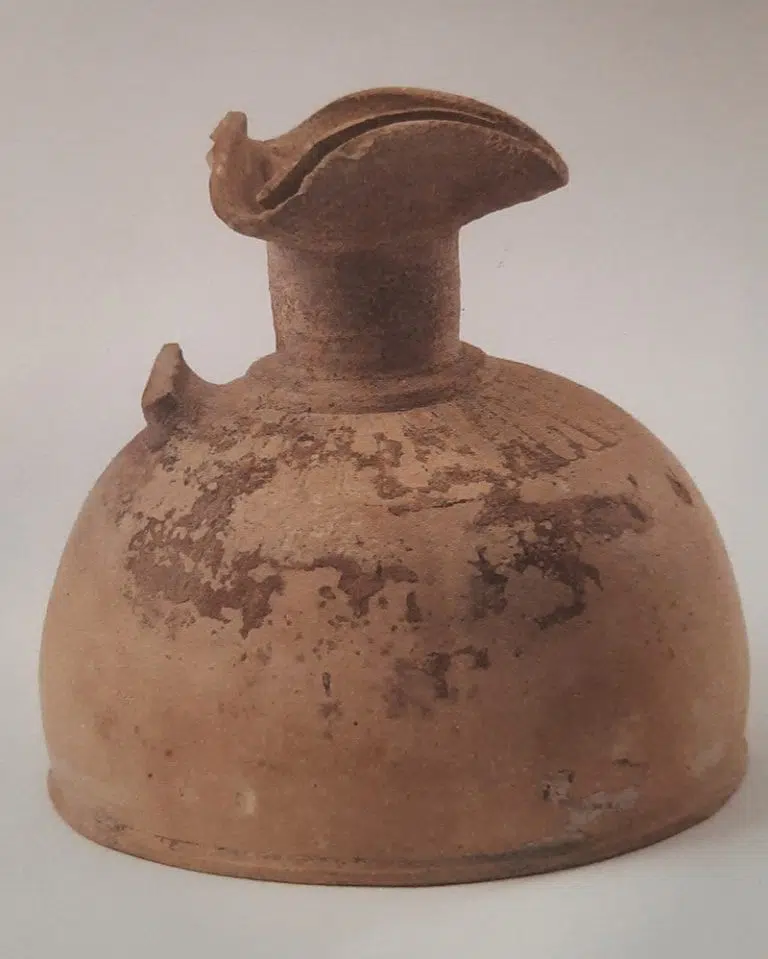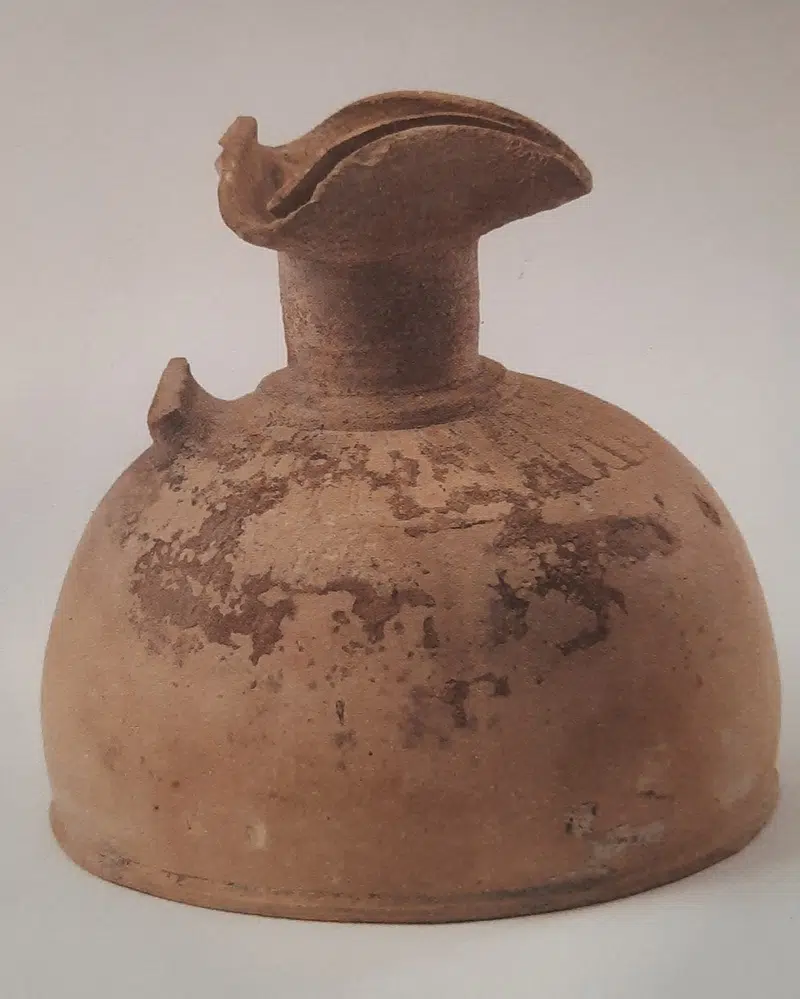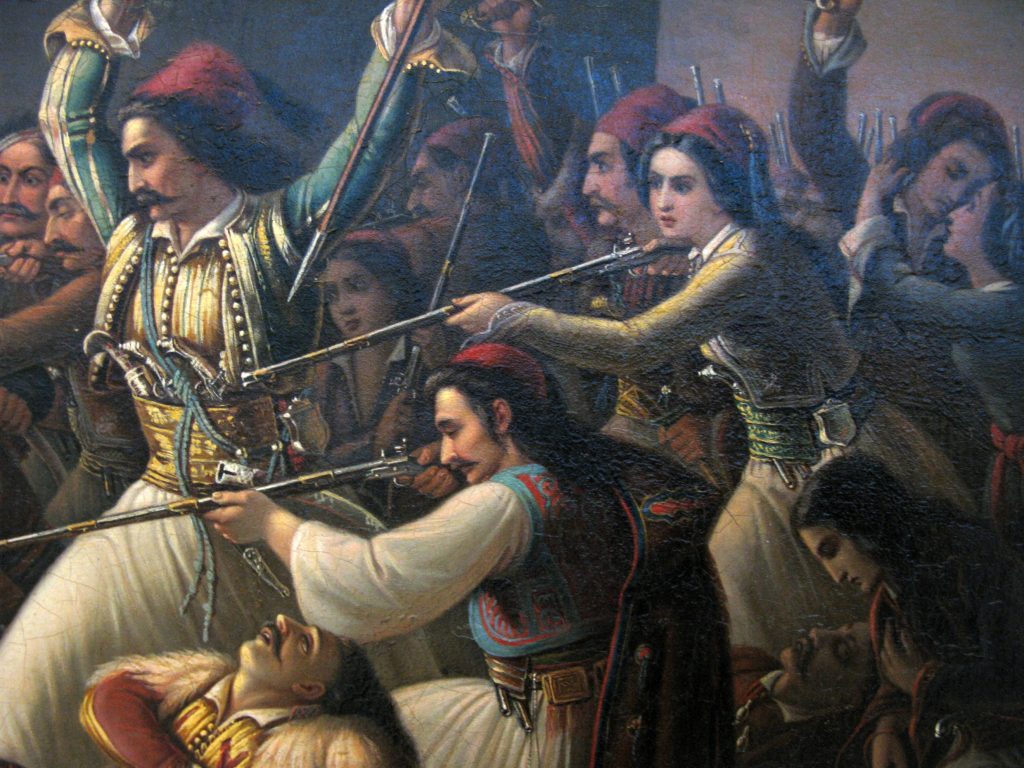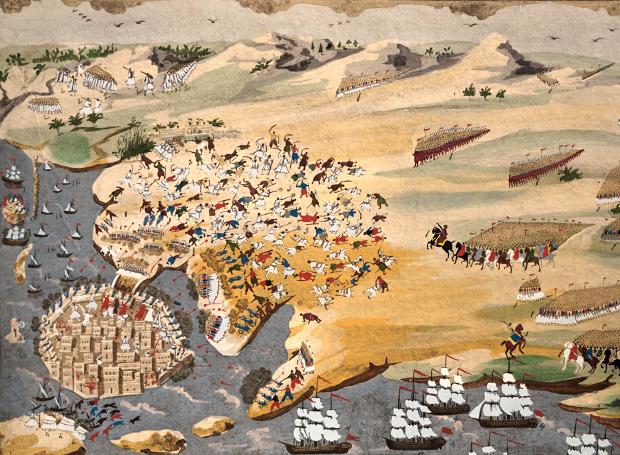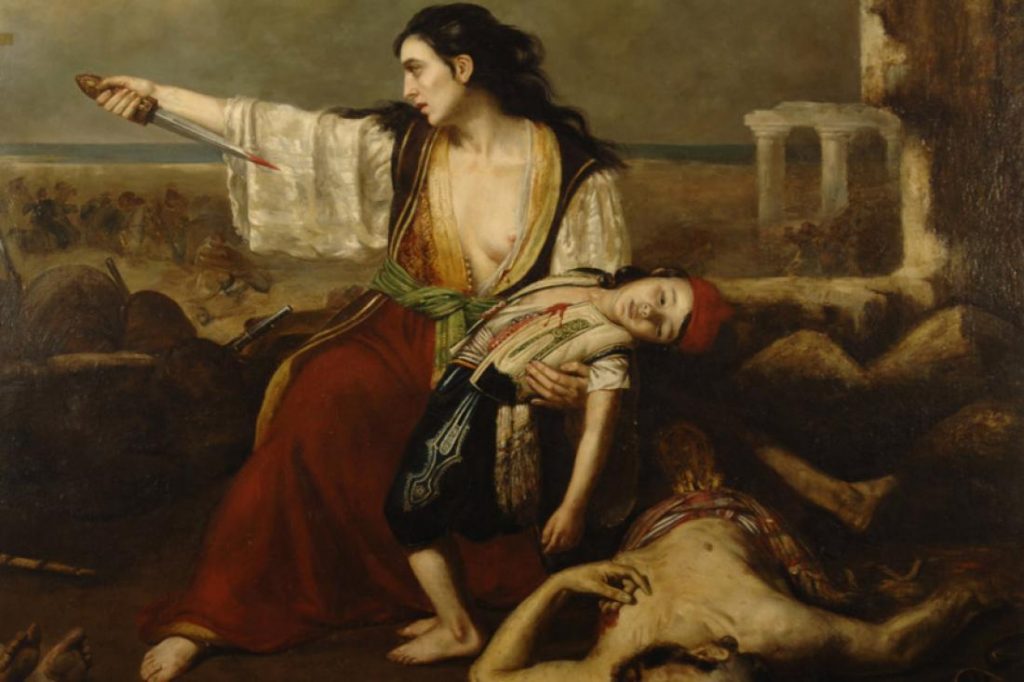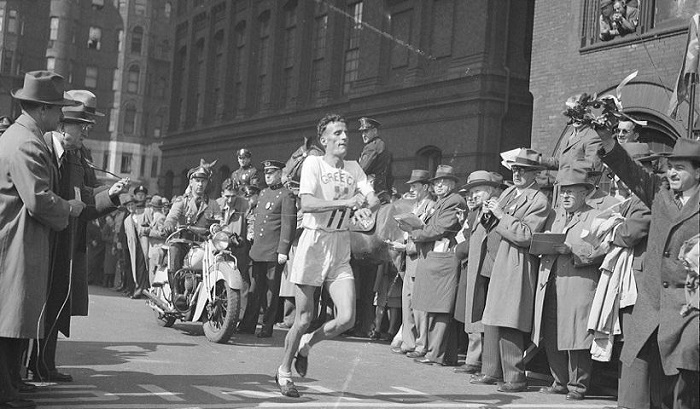
The 128th Boston Marathon which will be run on Monday, April 15 has a special significance for Greeks in America. Begun in 1897, the event was inspired by the success of the first marathon competition in the 1896 Athens Summer Olympics. It is the world’s oldest annual marathon and ranks as one of the world’s best-known road racing events.
It is also a race won in 1946 by Stylianos Kyriakides, a Greek Cypriot marathon runner. He became the first non-U.S. athlete to win the Boston race and with his victory, he raised awareness and money for the plight of post-war Greece.
“I came to run for seven million hungry Greeks,” were Kyriakides’ words upon his arrival in the United States—and he was and looked very hungry and unhealthy himself—so much so that race doctors asked him to sign a statement before he ran that he would be solely responsible if something happened to him.
Kyriakides had fought against the Nazis as a member of the Greek Resistance during the German Occupation. After the war, which left Greece devastated and impoverished, he traveled to the U.S. not only to run but also to tell people about Greece’s suffering.
Kyriakides later said that while he was running in Boston on April 20, 1946, Greek expatriates and journalists there cheered him on, shouting: “For Greece, my Stelios, for your children!”
The Greek athlete finished the marathon in 2:29:27, setting a new European record, and for almost twenty-three years, a Greek record, earning an entry into the Guinness Book of Records.
Wreath ceremony for the winners of the Boston Marathon
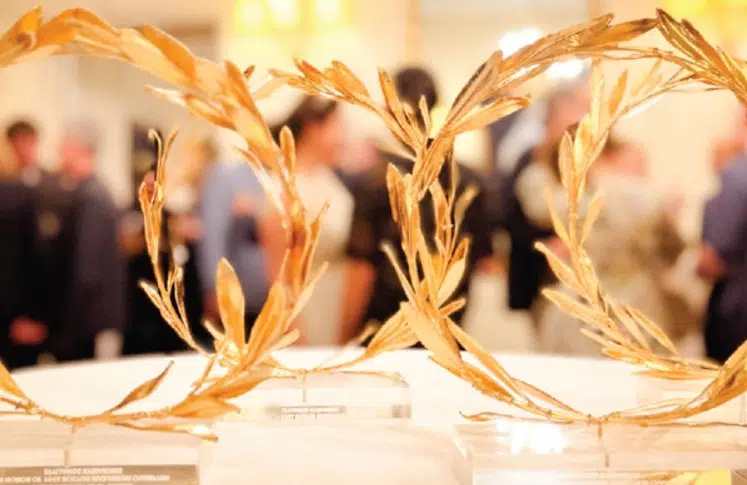
In 1984, in recognition of the historic ties that continue to this very day between the birthplace of democracy in ancient Athens and the City of Boston, the birthplace of the American Revolution in 1775, a team of people of the Alpha Omega Council created the tradition of presenting the Boston Athletic Association (BAA) with olive branch wreaths to crown the four first-place winners of the Boston Marathon.
Each year, olive wreaths are cut on the plains of Marathon, fashioned into wreaths, and then gifted by the Greek people to the BAA.
This tradition continues this year with the special wreath ceremony taking place on April 12. The honorable Symeon Tegos, Consulate General of Greece in Boston, with the support of The Alpha Omega Council and the 26.2 Foundation, will present the winners’ wreaths to BAA.
Alpha Omega was founded in 1976 by a group of friends and businessmen in Boston, Massachusetts, under the leadership of the late Peter Agris, the publisher of The Hellenic Chronicle, an English-language weekly newspaper targeting the Greek-American community.
The Alpha Omega Council is comprised of Americans of Hellenic ancestry in Business, Education, Academia, Medicine, Law, Politics, Science and other fields.
Its mission is to promote and encourage loyalty and patriotism to the United States of America; to cultivate the ideals of Hellenism; to constantly strive towards maintaining positive Greek-American relations; to unite Americans of Greek descent in fellowship and philanthropy; to help recognize the achievements of those who excel in their field individually or as a group; to help alleviate the wants of the poor and needy; and to establish, maintain or aid religious, charitable, scientific, literary or educational activities.
Since its inception, the Alpha Omega Council has contributed over $3,000,000 to various philanthropic causes, not including the annual Peter Agris Memorial Journalism Scholarship Awards
In the wake of the bombings at the Boston Marathon in 2013, the Alpha Omega Council and the Consulate General of Greece in Boston launched the Marathon Educational Committee, to create educational initiatives to encourage an appreciation of the traditions of civic responsibility and liberty that the ancient Greeks demonstrated at Marathon.



